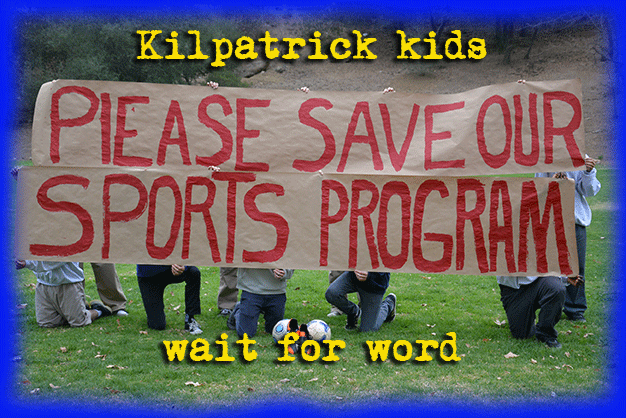On Tuesday, the LA County Board of Supervisors will hear recommendations from Probation Chief Jerry Powers about whether he thinks the county should shut down the unique youth sports program housed at Camp Kilpatrick, one of LA County’s 14 juvenile probation facilities—or save the program by moving it to another location.
Located in the rural hills above Malibu, Camp Kilpatrick is the county’s oldest camp, and its most run down. So when Probation (with the approval of the LA County Board of Supervisors) began to develop ambitious plans to completely rethink and rebuild one of its juvenile facilitates, the half-century-old Camp Kilpatrick was an obvious choice.
The idea is to transform the aging Malibu facility from its present dilapidated prison barracks-like atmosphere into a cluster of homey cottages, which will house therapeutic programs that borrow from the famed “Missouri Model”—developed by the State of Missouri, and hailed as the most widely respected juvenile justice system for rehabilitating kids in residential facilities.
Unfortunately, the camp’s sports program didn’t really fit into the planned therapeutic model, So it was headed for trash heap until fans of the program along with the press—WLA included—began complaining that in dumping the highly-regarded sports program administrators were making a dreadful mistake, throwing the baby out with the bathwater, so to speak.
As a compromise of sorts, the supes commissioned an evaluative study to find out if the program was measurably successful in helping kids stay out of trouble after they left the facility, the results of which are expected to be introduced Tuesday, along with Powers’ recommendations.
We’ll have more on the story after the meeting (where emotions are expected to run high).
NOTE: Although there is no study that looks specifically at the affect of sports on kids during and after incarceration, a 2012 University of Michigan study sampled nearly 1,200 public high schools to determine the relationship between school sports participation rates and in-school “delinquent behaviors.” The U of Michigan researchers found that “schools with higher sport participation rates had lower serious crime rates and suspensions while controlling for a host of school characteristics, such as location and student-teacher ratio.

